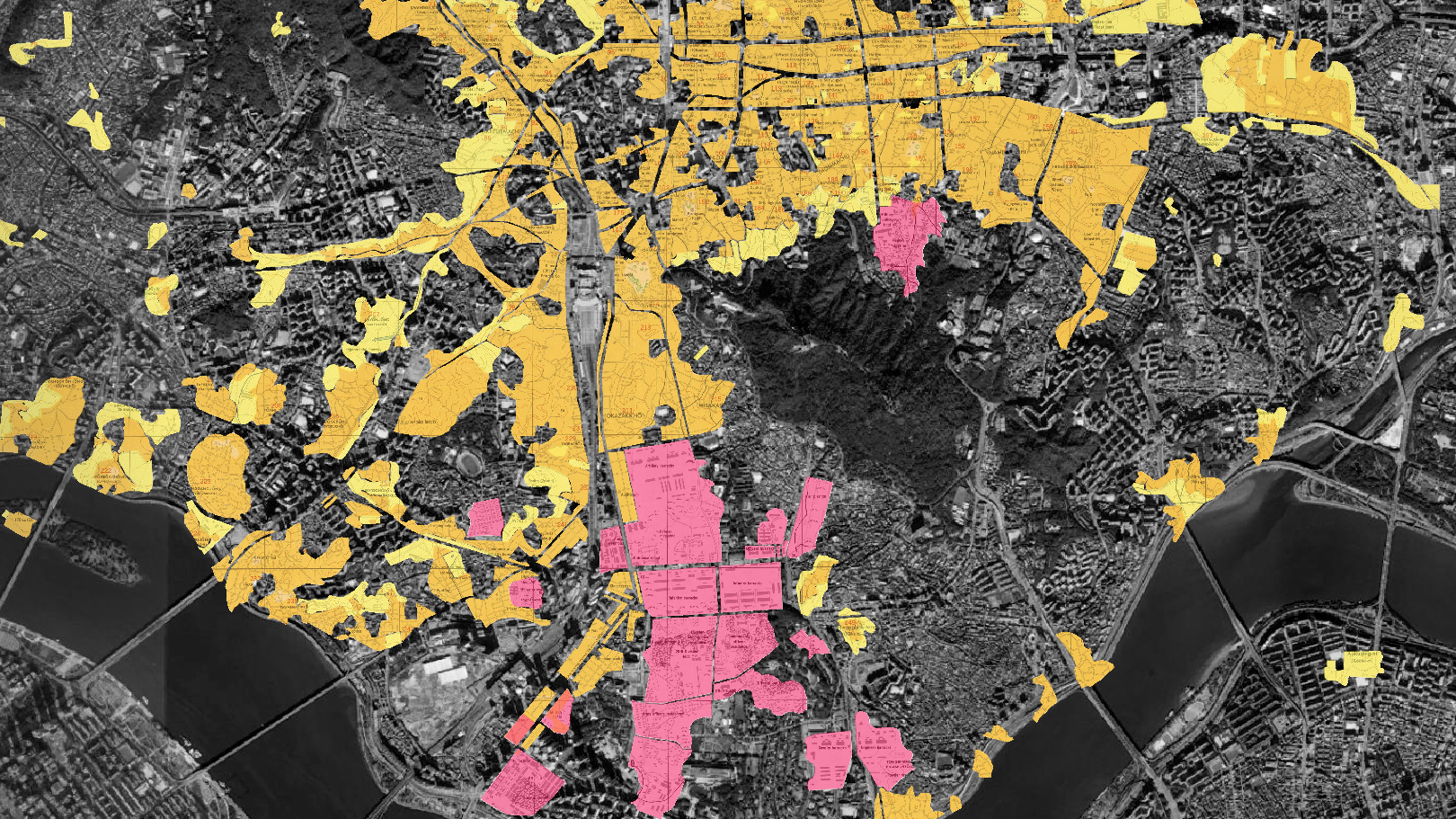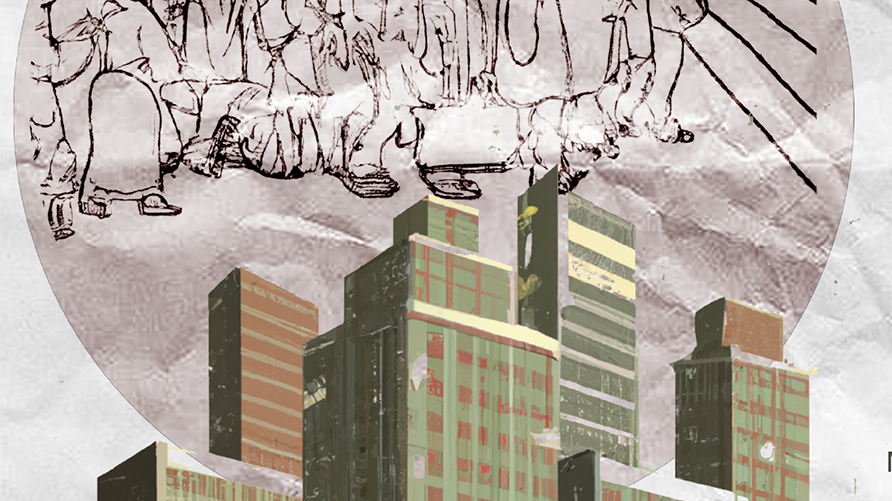overview
This project explores the human rights, ecological, and historical counter-story of Neskantaga First Nation, a community that has been under a boil water advisory since 1995, to highlight the gross and hypercritical colonial violations of indigenous rights to land and self-determination as articulated in the UN Declaration on the Rights of Indigenous Peoples.
In 2007, Noront Resources – since acquired by Wyloo and renamed the Ring of Fire Metals – discovered lucrative deposits of chromite, nickel, and copper in the Far North of Ontario, Canada. As these minerals are critical for electric battery production, the discovery ushered in an era of speculative mining claims, government subsidies, private-public partnerships, and a rebranding of the region as the "Ring of Fire". In a collective effort to develop an end-to-end EV supply chain and a net-zero economy in Ontario, federal and provincial government have announced up to $46.1 billion in subsidies for private automotive companies planning to establish EV production lines in Ontario.
Despite the outpour of private-public support for Ontario's EV revolution, large-scale development has yet to break ground in Ontario's Far North. Through a combination of legal challenges, social media campaigns, political advocacy, and environmental justice organization, First Nations have been resisting nonconsensual development on their lands while drawing greater attention to the systematic neglect of northern First Nations.





